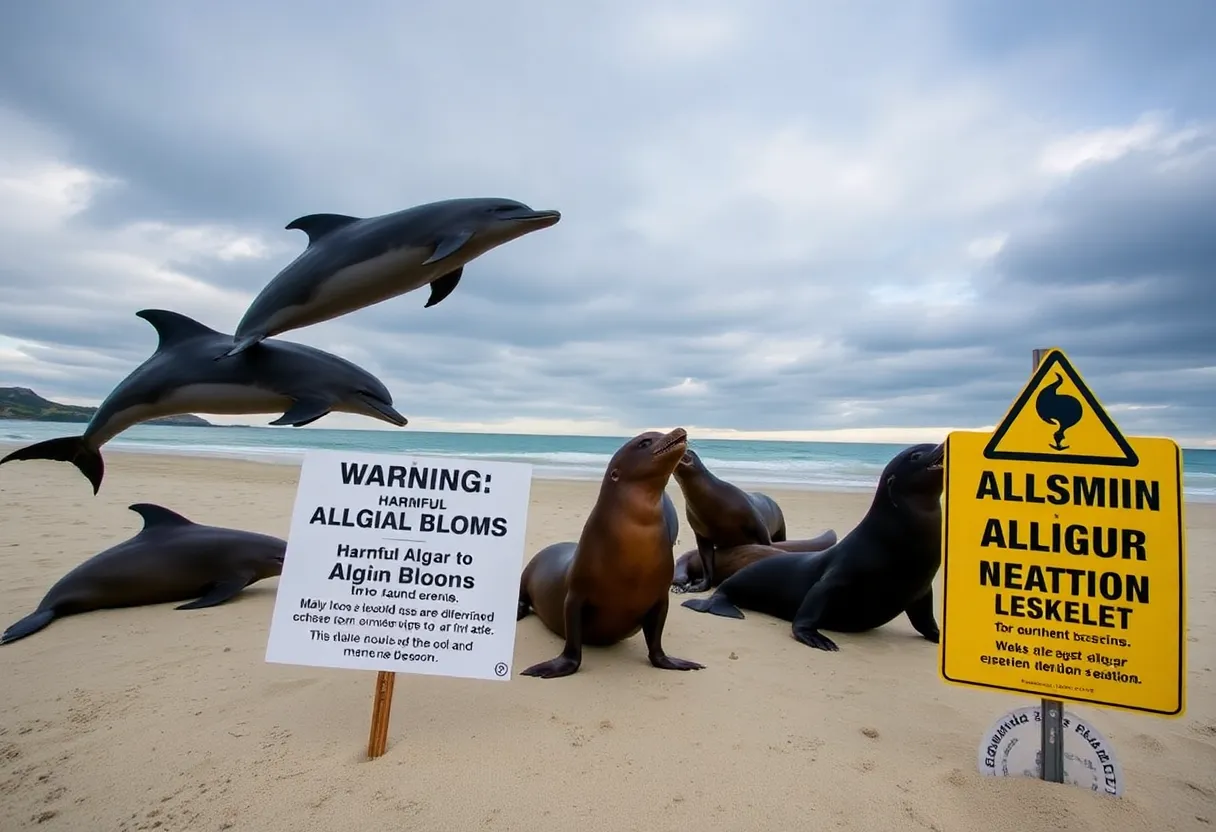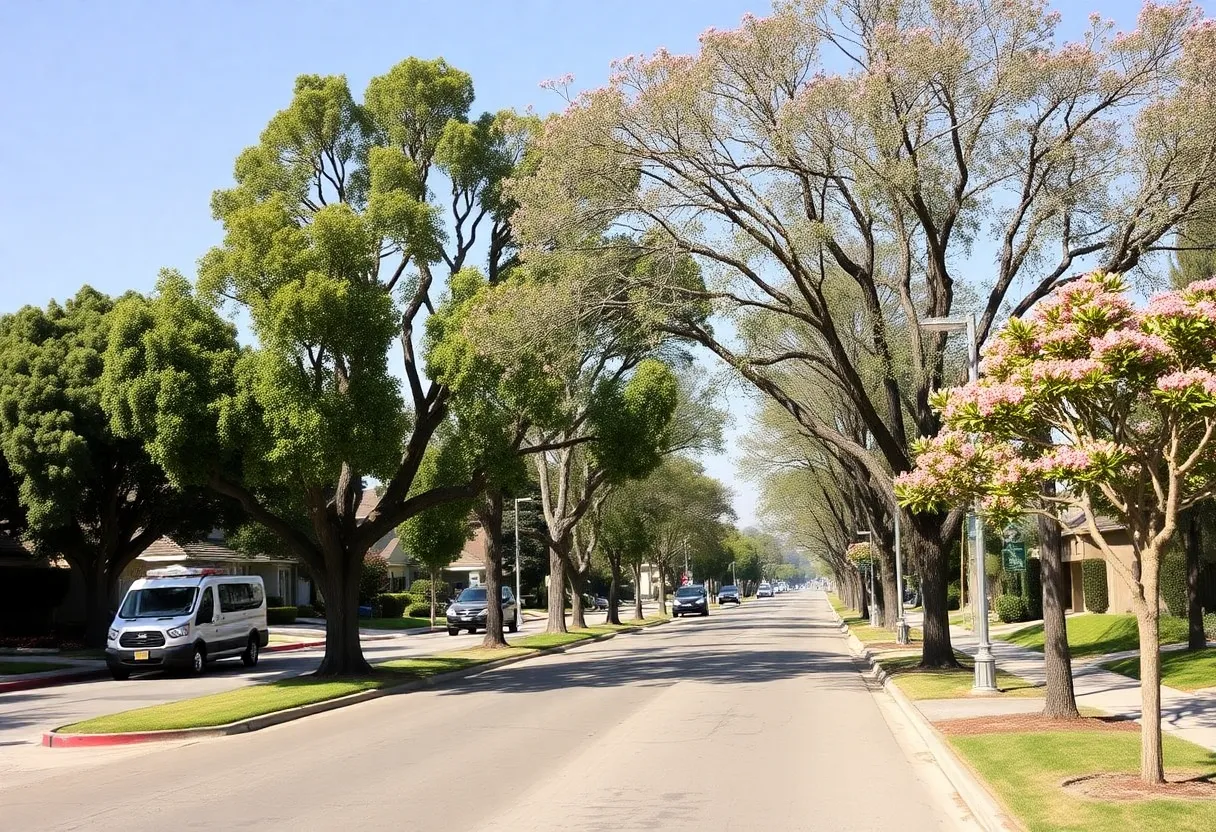News Summary
A harmful algal bloom is behind a troubling increase in dead dolphins and sea lions washing ashore in Santa Monica and Venice. Heal the Bay reports a significant uptick in marine mammal strandings due to domoic acid poisoning. Beachgoers are urged to avoid approaching sick animals and report sightings to designated hotlines. The bloom raises widespread concerns about marine ecosystem health and potential impacts on the food chain and human seafood consumption.
Santa Monica – A harmful algal bloom producing a potent neurotoxin has been connected to a significant rise in dead and dying dolphins and sea lions washing ashore in Santa Monica and Venice. This alarming trend has prompted marine wildlife organizations and rescue agencies to issue public warnings regarding the health of marine mammals in the area.
On April 23, at least four deceased dolphins were discovered on Venice Beach, shortly after another dolphin was found stranded in Santa Monica. These occurrences are part of a troubling pattern of increased marine mammal strandings, primarily attributed to an outbreak of domoic acid poisoning. The poisoning typically results from animals consuming fish contaminated with algae, particularly species such as sardines and anchovies.
The nonprofit organization Heal the Bay has reported that this particular algal bloom is affecting more marine animals than in recent history, including sea lions, seals, and dolphins. The severity of this incident has resulted in a noticeable increase in the visibility of wildlife along Southern California’s beaches.
Heal the Bay has emphasized that the strandings signify serious illness or death events, rather than accidental occurrences. They have also advised beachgoers against attempting to return distressed marine wildlife to the ocean, as such actions may exacerbate their conditions. The organization underlines the significance of allowing sick or injured marine mammals the space and dignity they require.
Members of the public are warned to avoid approaching any animals that seem sick, injured, or deceased. Under the Marine Mammal Protection Act, such interference is illegal, and individuals are encouraged to report any sightings of stranded animals. For live strandings, the Marine Mammal Care Center (MMCC) provides a 24-hour hotline at 1-800-399-4253. In cases of deceased marine mammals in Los Angeles County, the California Wildlife Center can be contacted at 949-276-2237. For strandings occurring in Malibu, the NOAA hotline is available at 866-767-6114.
This current outbreak coincides with heightened concerns regarding environmental health issues, particularly in light of contamination stemming from fire debris after the January 2025 wildfires. Toxins such as domoic acid can severely disrupt neurological functions in marine animals, inciting severe symptoms that include seizures and disorientation.
The algae responsible for producing domoic acid is a naturally occurring organism but can bloom excessively under specific environmental conditions, such as nutrient-rich runoff and weather phenomena that disturb ocean sediment. The long-term repercussions of such algal blooms are anticipated to impact the entire marine food chain, which could also have unsettling effects on human consumption of locally caught seafood.
As Southern California’s marine ecosystems grapple with the consequences of this harmful algal bloom, public awareness and proactive measures become essential. Proper reporting and avoidance of distressed marine mammals, coupled with an understanding of the ecological context, will play a vital role in mitigating the impact of this alarming situation.
Deeper Dive: News & Info About This Topic
HERE Resources
Additional Resources
- Yo! Venice: Dolphin and Sea Lion Deaths Linked to Harmful Algae Bloom
- CBS News: Red Tide and Southern California Wildfires
- ABC7: Large Algae Bloom Forms Off Coast of Santa Monica
- KTLA: Large Algae Bloom Spotted Off Santa Monica Pier
- Surfline: Toxic Algae Bloom Hits SoCal
- Wikipedia: Harmful Algal Bloom
- Google Search: Marine Mammal Strandings
- Google Scholar: Domoic Acid Poisoning
- Encyclopedia Britannica: Alga
- Google News: California Marine Wildlife Health






